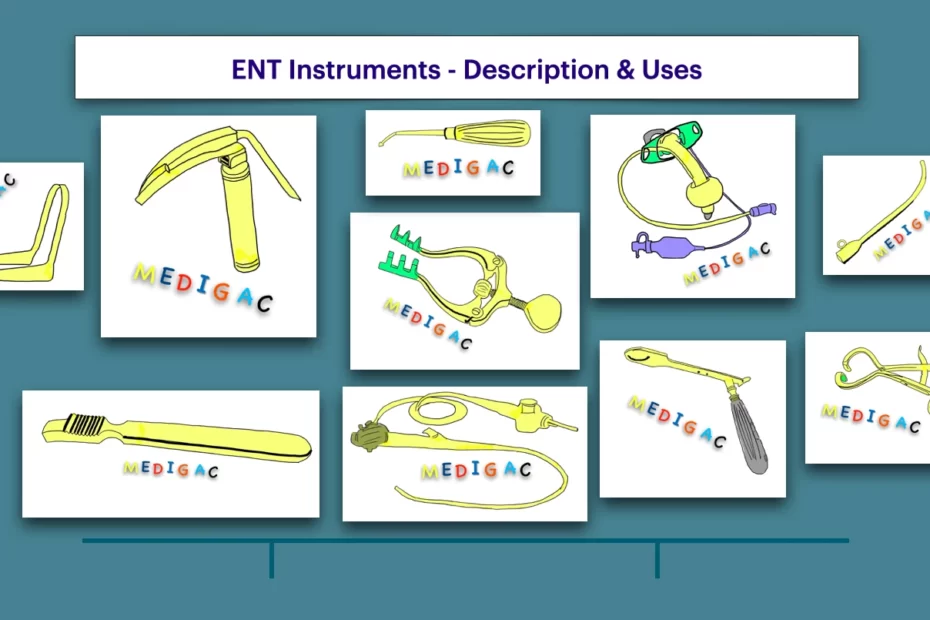We have made all the ENT(OTORHINOLARYNGOLOGY) Instruments full set or list with the Names, Description, Uses with Pictures. in you medical ward you will see all this instruments/equipments/devices. So full knowledge regarding all this devices is necessary for your medical and surgical practice and also during exams.
LUC’S FORCEPS

Description :
made up of stainless steel which has to limbs , they connected with each other with a screw joint.
—–The tip is fenestrated and has sharp blades.
Uses :
1. SMR/Septoplasty : To remove bone
2. Polypectomy and CaldWell-luc operation
3. Edge biopsy form oral cavity and oropharynx
NASAL SNARE
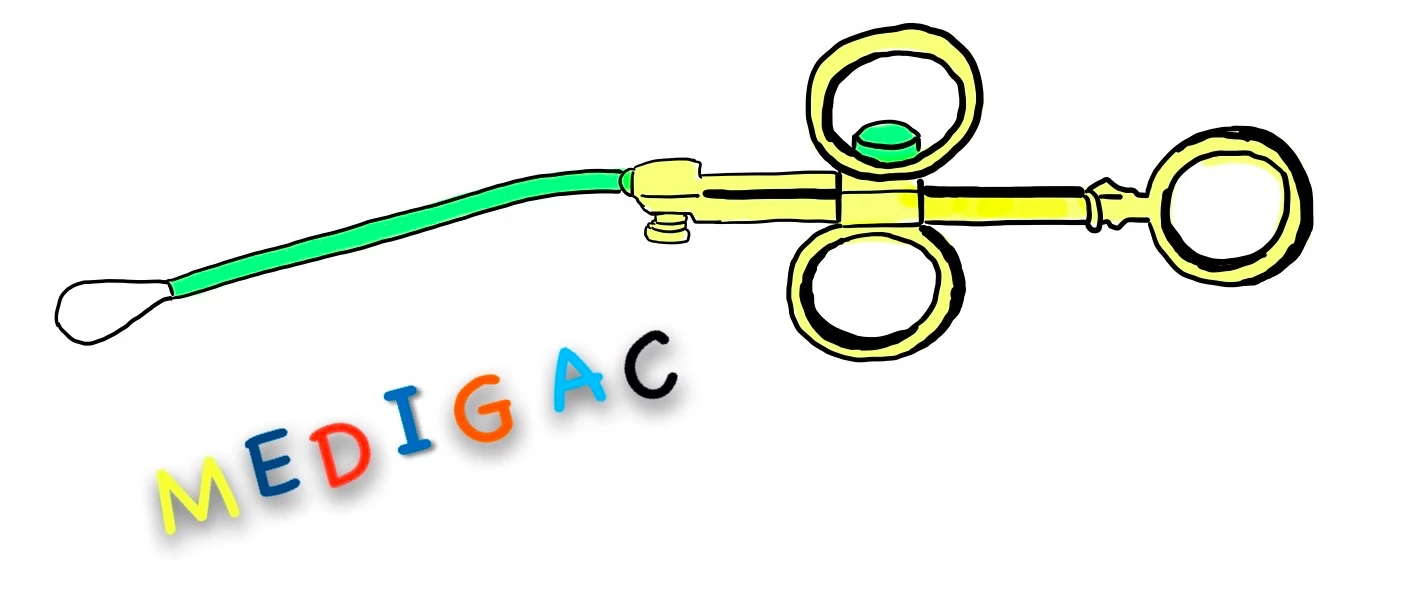
Description :
A Snare loop is present at the tip that is used to encircle the lesions and nasal polyp.
Uses :
Nasal Polyp removing
ROSE SINUS DOUCING CANNULA

Description :
Metallic catheter with a curved proximal end and ring at its base.
Uses :
1. To test the patency of Eustachian tube
2. To inflate the middle ear
3. To instill medications in the middle ear
4. To remove foreign bodies from the nose
5. Can be used as Suction cannula
ST. CLAIR THOMSON NASAL SPECULUM

Description :
Made up of metal body and has two arms which latter forms two long blades which are concave from inside.
Uses :
1. Diagnostic uses :
- Anterior Rhinoscopy
- Lateral wall of nose
- Nasal cavity
2. Therapeutic uses:
- Removal of foreign body
- Antral wash
- Nsal packing
3. Nasal Surgery : SMR/Septoplasty
THUDICUM NASAL SPECULUM

Description :
Made up of metal body and has two arms which latter forms two Short blades which are concave from inside.
Uses :
1. Diagnostic uses :
- Anterior Rhinoscopy
- Lateral wall of nose
- Nasal cavity
2. Therapeutic uses:
- Removal of foreign body and Nasal Polyp
TILLEY’S ANTRAL BURR
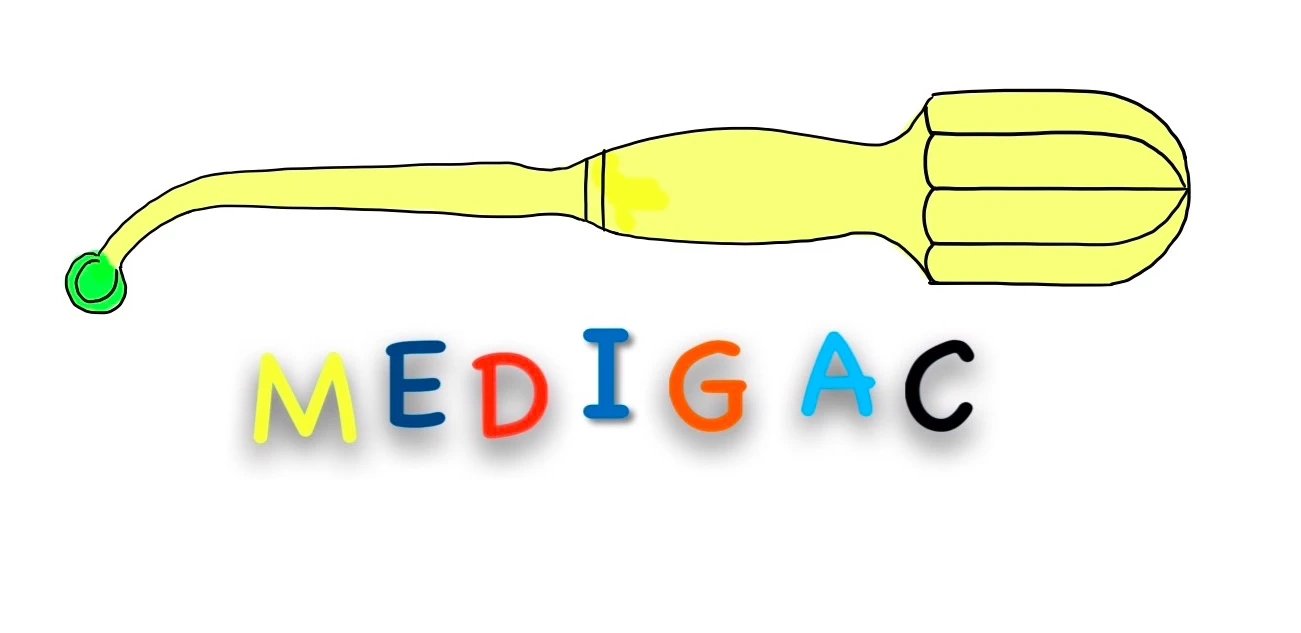
Description :
Full metal body and has a handle and a neck and at the end of the tip there is a knob like structure which has serrations.
Uses :
Used to Smoothen the margins of the intranasal antrostoma
TILLEY’S DRESSING FORCEPS

Description :
Made up of stainless steel and has BOX joint at the middle to connect the two arms.
—-Grooves are present inside the tips along with a central depression.
Uses :
1. For packing or unpacking the ear canal or mastoid cavity.
2. For delivery of medicated dressing into the ear canal.
3. For packing and unpacking the nose.
4. For introduction of medicated pledgets for local anaesthesia in the nasal cavity.
5. Removal of foreign body, crusts and debris in the nose and ear.
TILLEY’S HARPOON

Description :
Metallic body with three parts : Handle, Neck and the Tip.
—The neck is forming the tip with a single curve
—There is presence of a triangular blade
Uses :
Intranasal Antrostomy : To remove the bony chips.
WALSHAM’S FORCEPS
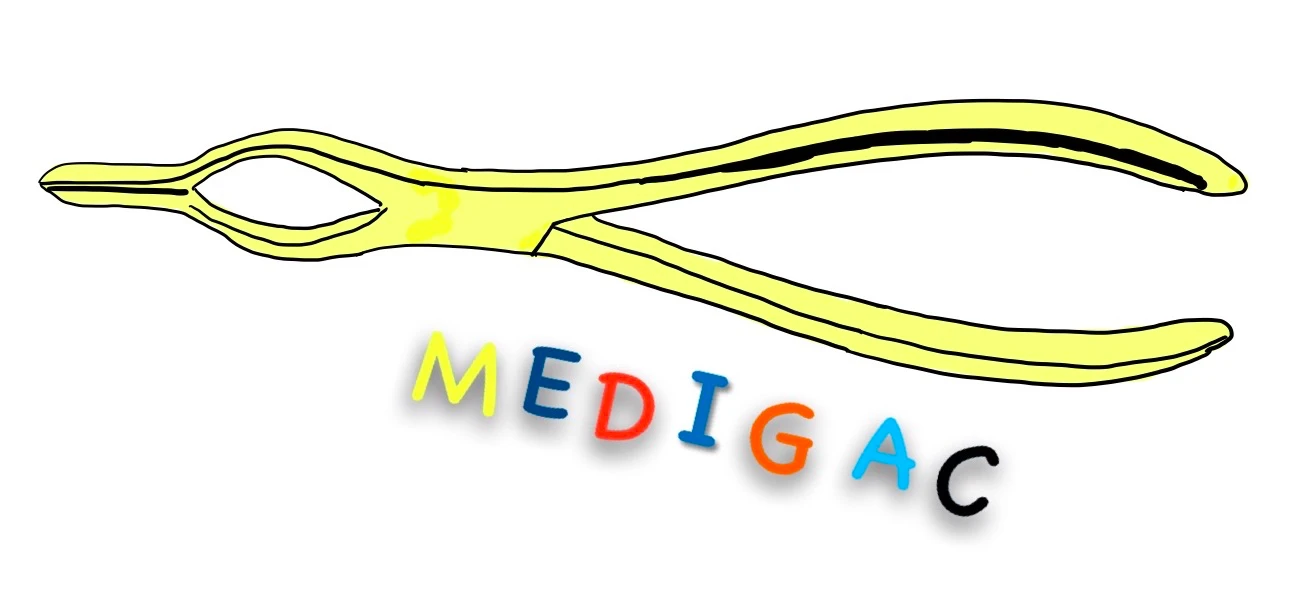
Description :
Made up of stainless steel and has mainly two parts the arms and the blades.
—The arms are connected by BOX joint.
—-The tips are single curved forming the blades.
Uses :
To reduce the fracture of the nasal bone
WILDE’S DRESSING FORCEPS

Description :
Forceps with two arms which has tips which are grooved form inside at the tips.
Uses :
It includes spring action and used for packing the nasal cavity.
DENIS BROWNE’S TONSIL HOLDING FORCEPS

Description :
Two arms are connected with each other by a BOX joint at the upper 1/3rd part.
—The tips are forming ring like blades.
Uses :
1. Tonsillectomy : Used to hold the tonsil.
BOYLE’S DAVIS MOUTH GAG
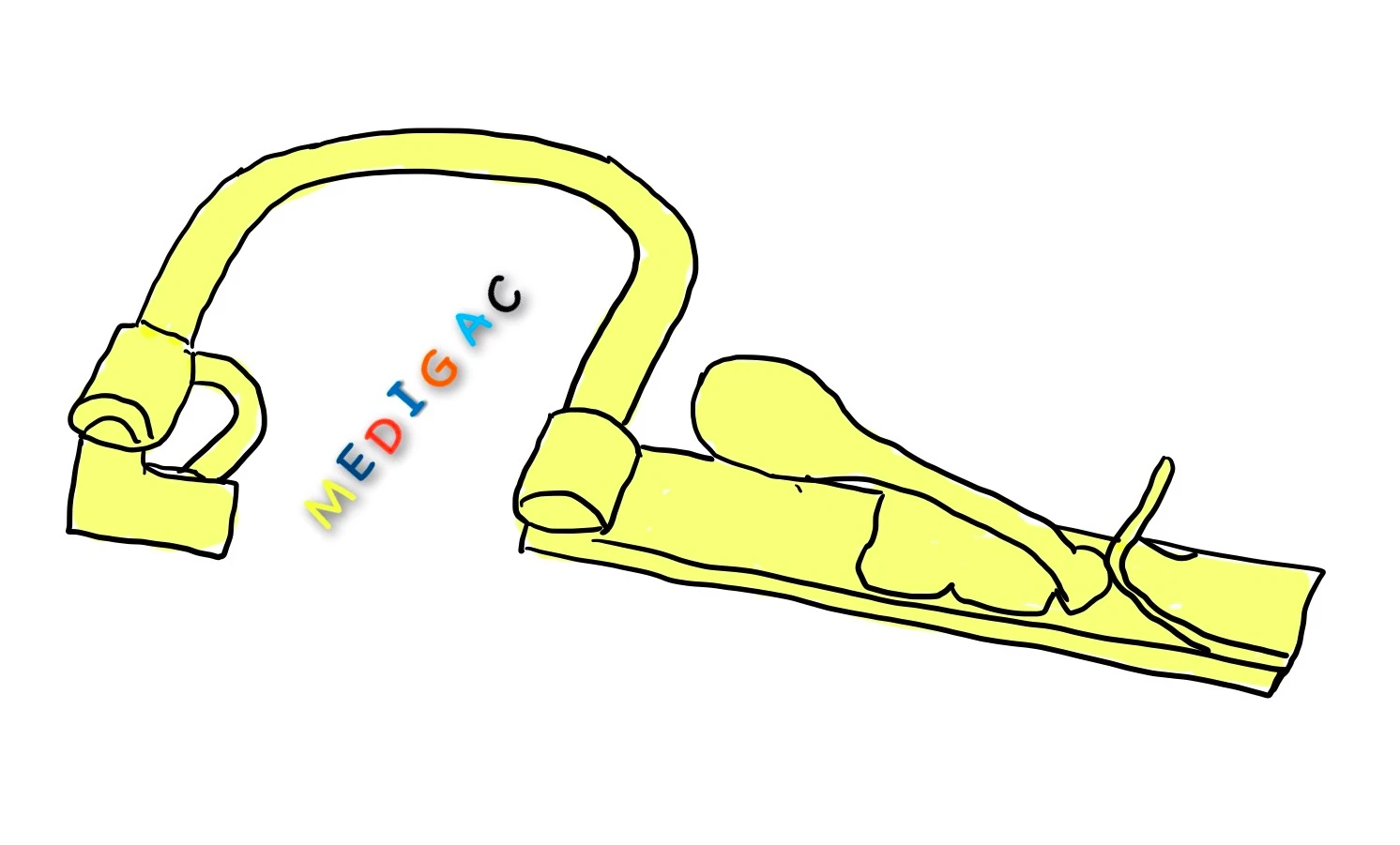
Description :
Made up of stainless steel and has mainly two parts : Boyles Blade and Davis mouth gag.
Uses :
1. Opening the mouth and depressing the tongue
2. Surgical : Palate and Soft palate surgeries ;
- Oropharynx – Tonsillectomy, Pharyngplasty
- Nasopharynx – Adenoidectomy, Excision of Angiofibroma
DOYEN’S MOUTH GAG
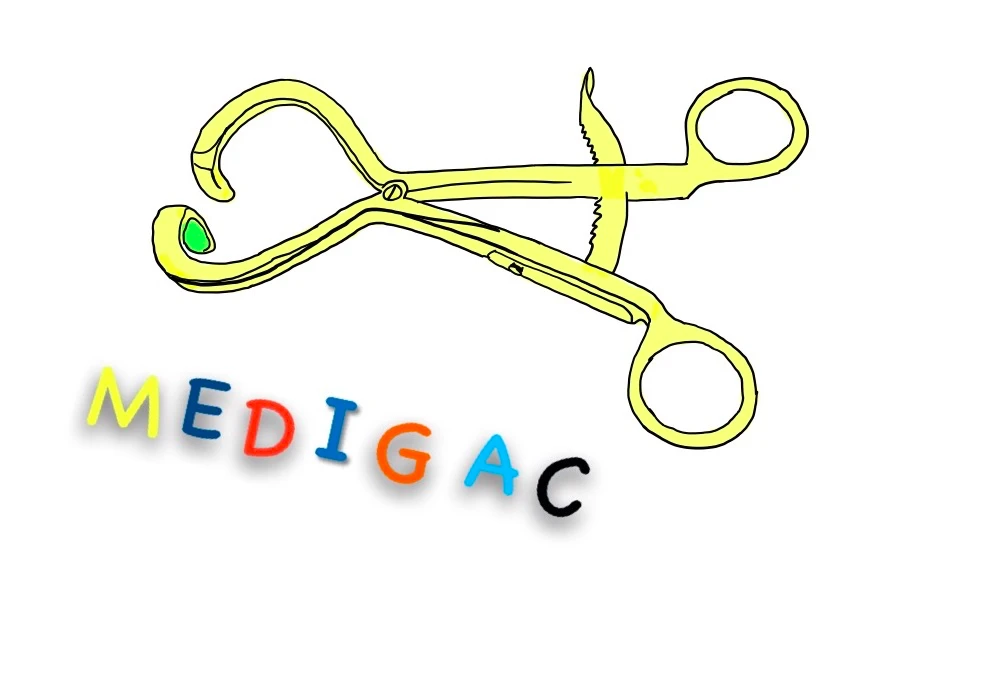
Description :
Made up of metal and has two limbs which are connected by screw and also has catch mechanism at its lower point.
–The tips are curved to form blades.
Uses :
1. Keeping mouth open : Used to keep the mouth open for intraoral surgery when retraction of the tongue is not required.
DRAFFIN’S BIPOD

Description :
Has two pods and a Plate (Magauran’s plate). The pods has Four rings(don’t count the diagrams’s rings).
Uses :
1. Tonsillectomy : The tongue blade of the Boyle-Davis mouth gag can be suspended.
EVE’S TONSIL SNARE

Description :
Metallic body with three rings forming the handle to place the fingers.
–There is a wire loop present at the tip
Uses :
1. Snare the tonsil pole of the tonsil after dissection.
2. Minimising the bleeding.
GUILLOTINE LEIGHTON TONSILLOTOME

Description :
Metallic blade which is attached with a handle, sometimes the handle is also seems to be made up of metal.
The blade is wider and sharper at the tip and works like a slider mechanism.
Uses :
1. Used in Tonsillectomy or Tonsillotomy
2. It helps to cut the projecting or obstructive parts of the tonsil.
JENNING’S MOUTH GAG

Description :
Made up of stainless steel and has two limbs which are connected by screw mechanism and has a catch mechanism also.
Uses :
1. Surgery : Opening Soft palate and floor of mouth in dental surgeries.
NEGUS ARTERY FORCEPS
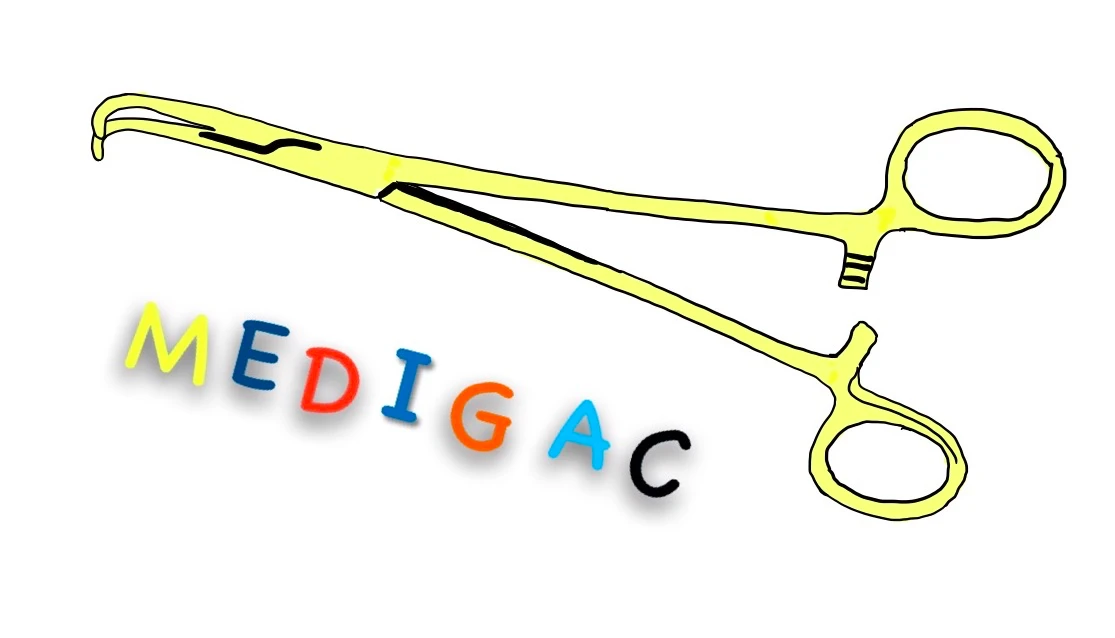
Description :
Metallic body which has two arms and they are connected with each other by a Box joint.
—The Bottom the arms has catch mechanism
—The tips are forming hook like projections
Uses :
1. Ligation : Used to ligate the bleeding point.
NEGUS KNOT TIER

Description :
made up of stainless steel and has a handle, neck and a tip.
–The end is forming a ‘U’ shaped tip.
Uses :
Used to carry the ligature knot upto the tip of artery forceps holding the vessel and tie it.
PERITONSILLAR ABSCESS FORCEPS
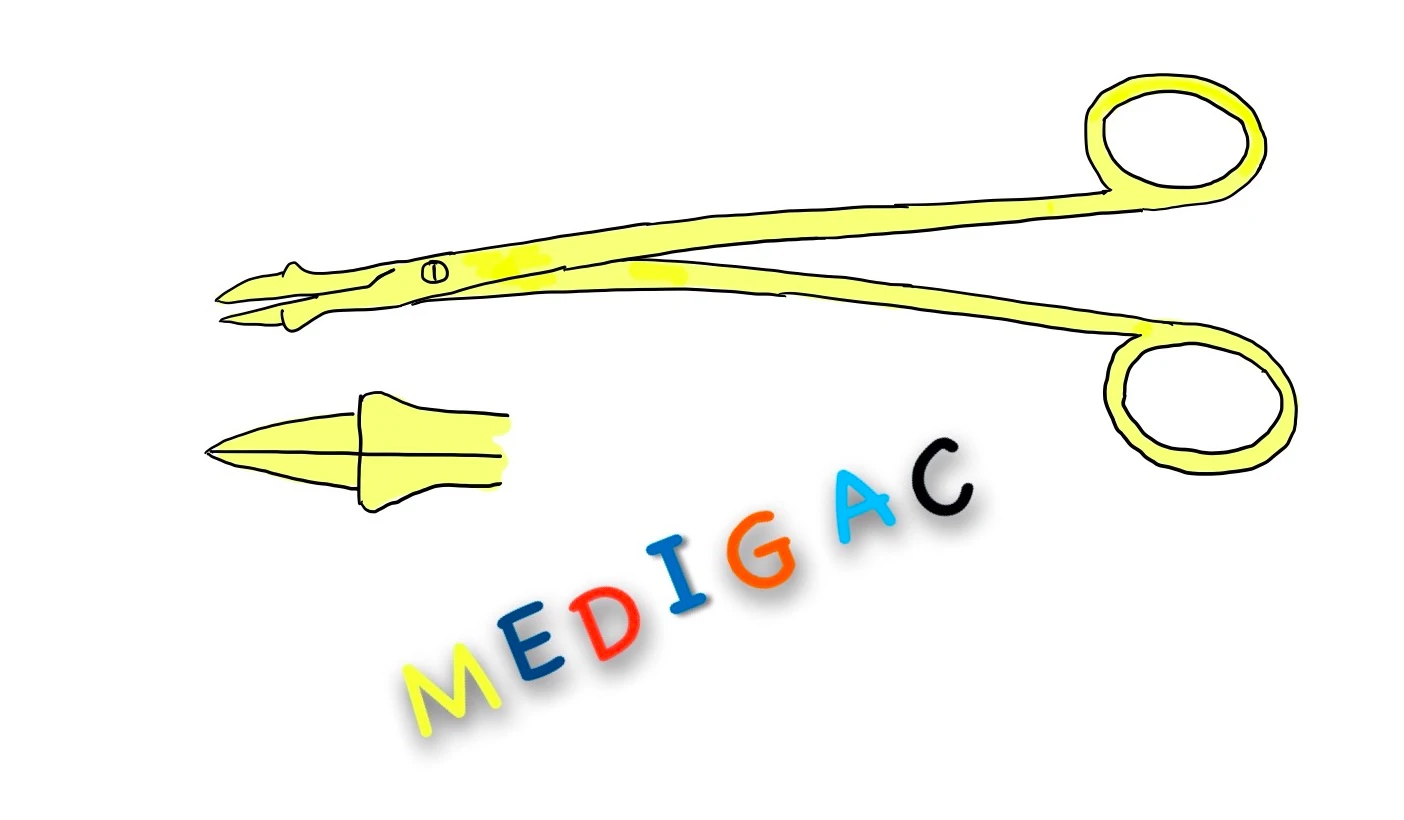
Description :
Forceps with two arms and a screw joint.
–The tips has triangular sharp blades.
Uses :
Drainage of peritonsillar abscess.
ST. CLAIR THOMSON ADENOID CURETTE

Description :
Metallic body with a handle and the tip form the curette part.
Uses :
1. Adenoidectomy : To curette the adenoids by blind technique.
TONSIL ARTERY FORCEPS – STRAIGHT AND CURVED

Description :
Made up of stainless steel and grooves are present inside the tip for better grasping.
Uses :
1. Ligation of bleeding point
2. Tonsillectomy
TONSIL DISSECTOR AND ANTERIOR PILLAR RETRACTOR
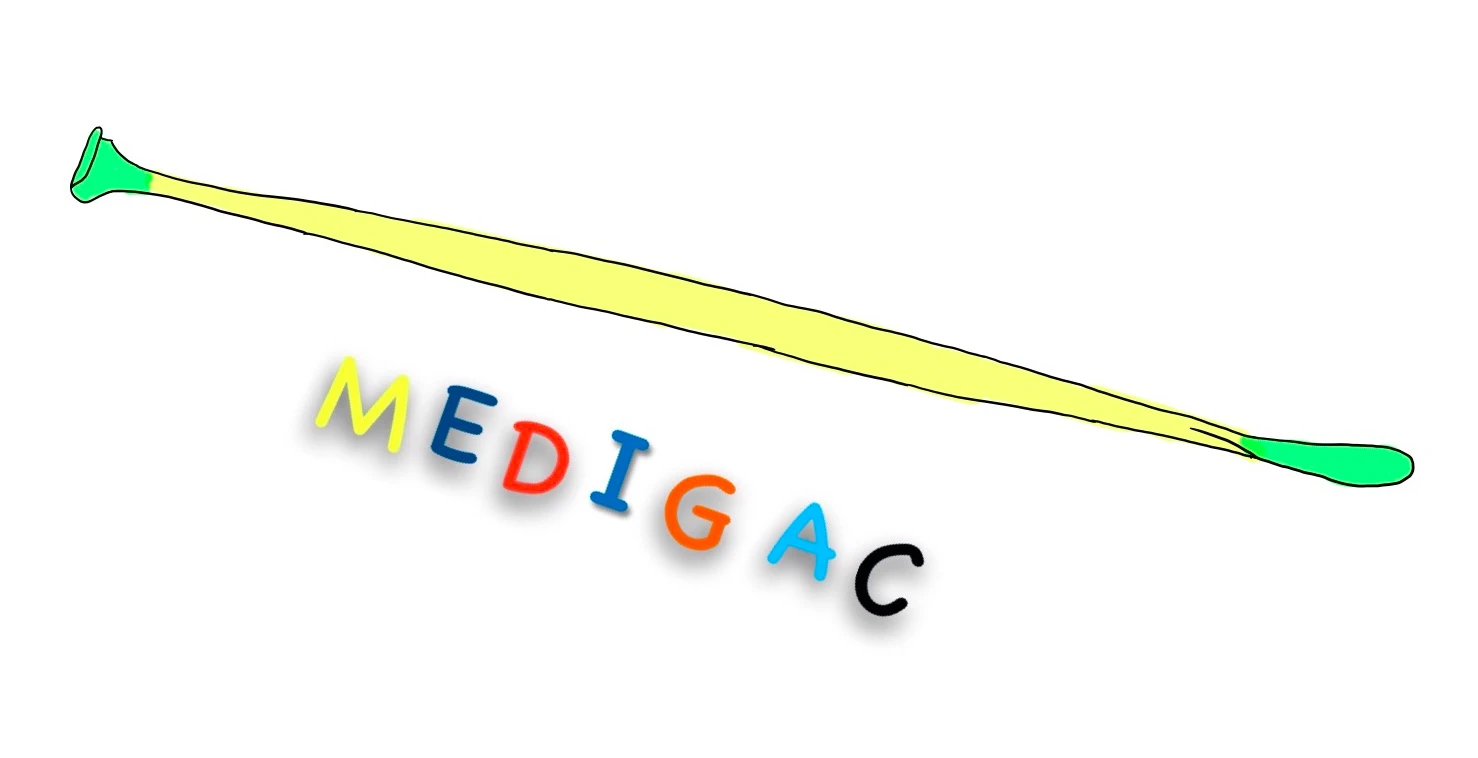
Description :
Long metallic flat handle which has two endings.
1. One end is Tonsil Dissector
2. And another end is retarctor
Uses :
1. Dissector end is used to disscet the tonsil
2. Retractor end is used to retract the anterior pillar of the tonsil to inspect the tonsillar fossa.
TONSIL DISSECTOR FORCEPS WITH TEETH

Description :
Two limbs which works by spring mechanism.
—In both the limbs they tip has teeth.
Uses :
1. Providing incision in mucous membrane
2. Dissection of tonsil
YANKAUER SUCTION TUBE

Description :
It has mainly 5 parts :
- Connector for vaccum
- handle
- Thumb-control alve
- catheter
- Tip
Uses :
Tonsillectomy : Used for suction.
BULL’S EYE LAMP

Description :
This contains a metal cylinder with two end closed.This hollow box contains a 100W bulb. The light rays mainly comes out through a central opening.
There is presence of a biconvex lens of 30-40cm focal length inside the opening.
The lamp should be placed 30cm behind the left ear of the patient.
Uses :
1. Warming the Mirror – Used mainly to warm the head mirror during Indirect laryngoscopy and posterior rhinoscopy.
2. Circular Focus – The light which comes from the lamp, then reflected with the concave mirror and placed on the patient’s body to get a circular focus.
CRUSHING RONGUER

Description :
This is made up of stainless steel and has two arms, two long tips and grooved jaws.
Uses :
1. Orthopaedic neurosurgical procedures – used to operate intervertebral disk.
HEAD MIRROR
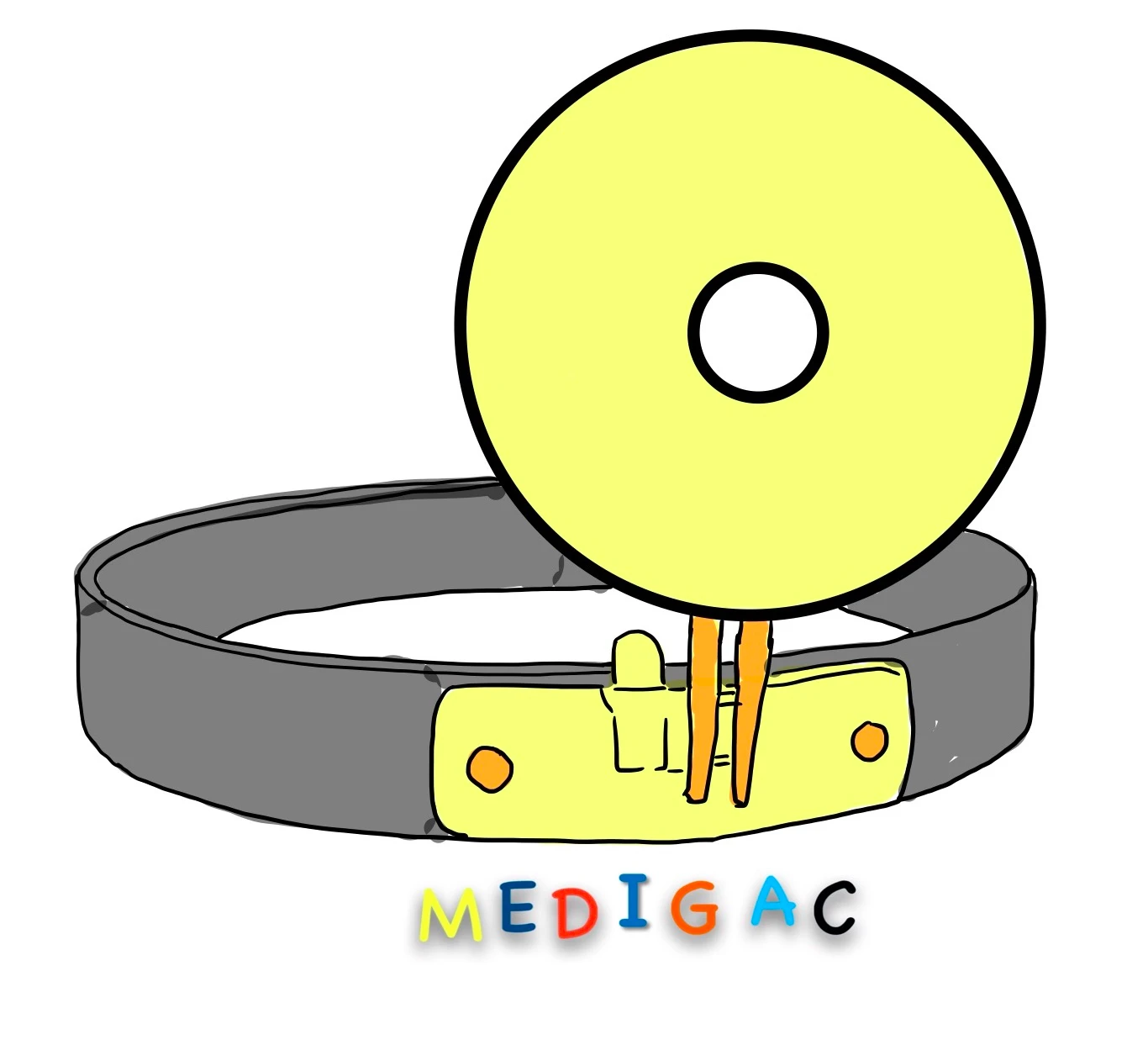
Description :
1. Plastic head bands which is attached with the concave mirror having a central hole.
2. The mirror has a diameter of 9cm and central aperture is 2cm and focal length is near about 18cm.
Uses :
Parallel light rays from the bull’s eye lamp comes and spotted on the mirror, then the rays converge at focal point of the mirror.
PETERS SIEGEL SPECULUM
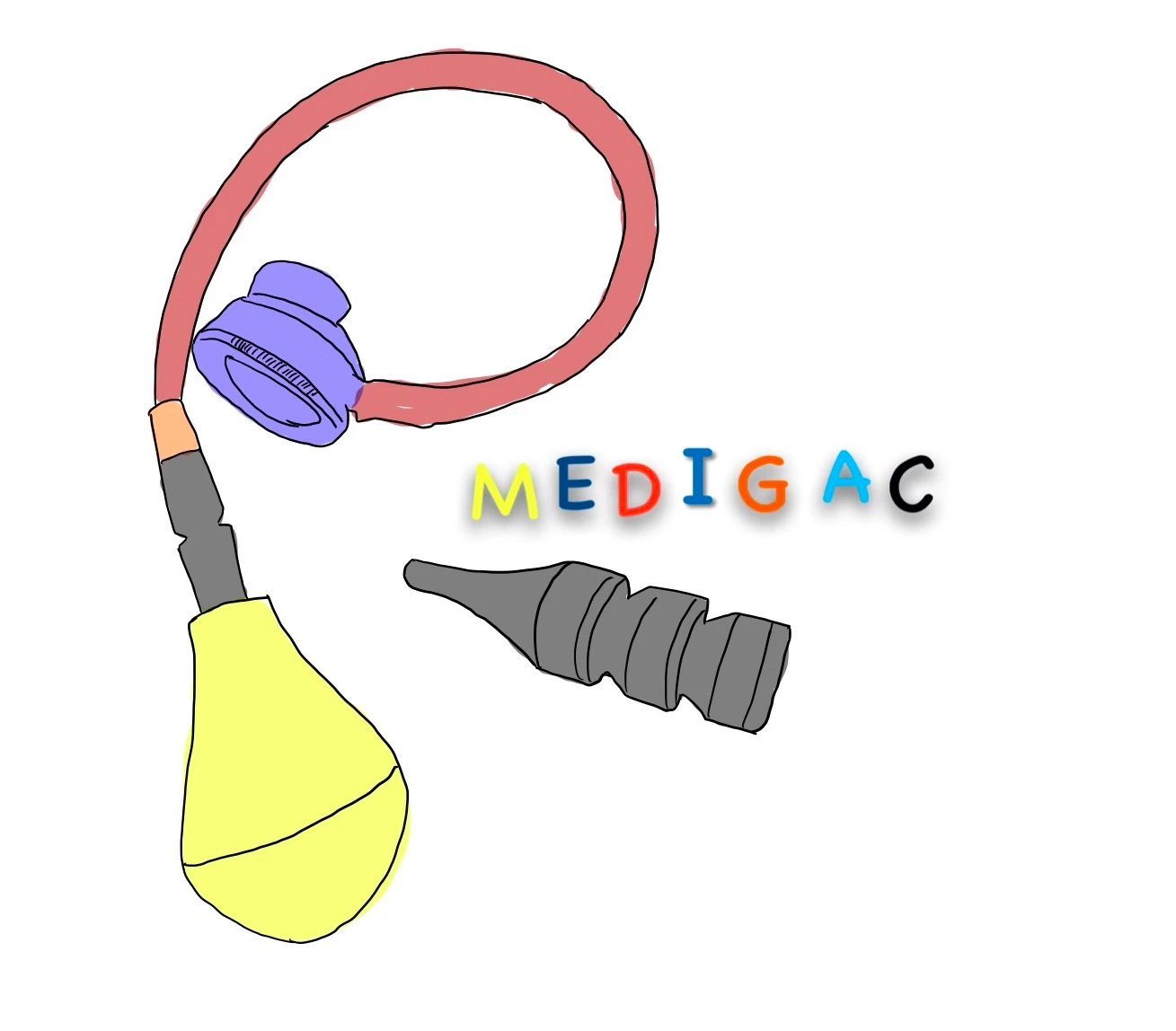
Description :
This contains –
- A convex lens
- A long tub
- large dropper attached with one end of the tube
Uses :
This can be used to suck out middle ear secretions in patients having CSOM
PILCHER NASAL SPECULUM

Description :
Made up of stainless steel and has two arms, has spring mechanism, and the tips are curved and concave which forms a hollow space to see inside.
Uses :
Anterior Rhinoscopic examination of children’s and adults.
